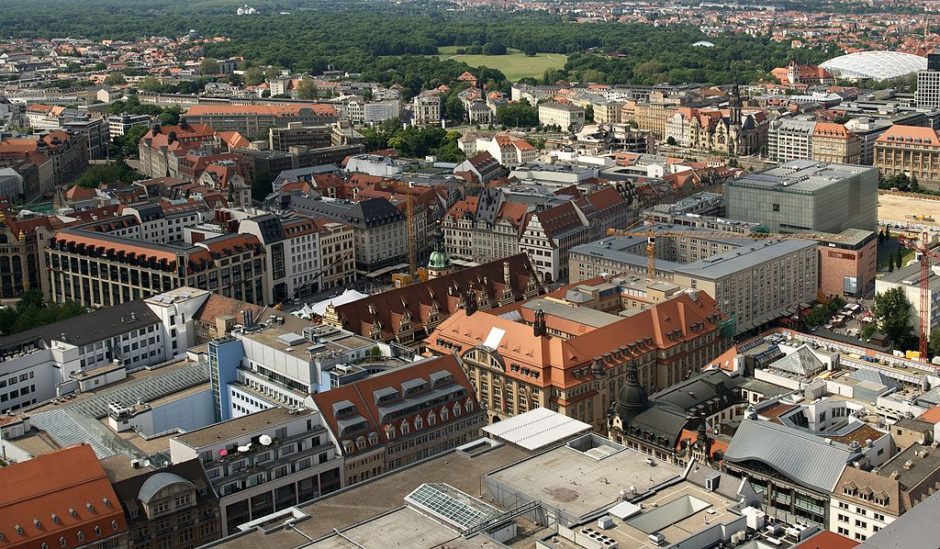It’s safe to say that Leipzig’s rich musical tradition cannot be matched by any other city in Germany.
This is where Johann Sebastian Bach was employed as a choirmaster and composed the St. Matthew’s Passion, where Robert Schumann wrote the Spring Symphony, where Richard Wagner was born and where Felix Mendelssohn lived and worked.
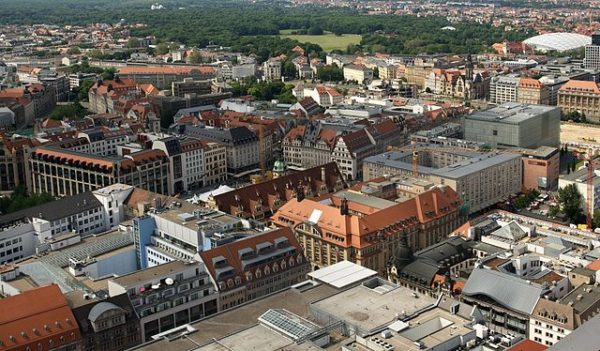
Leipzig, too, is a city of grand historic buildings, the site of one of Europe’s most venerable universities and the world’s oldest trade fair, and the place where mass demonstrations in the late 1980s paved the way for Germany’s reunification in 1990.
First and foremost, though, Leipzig is deeply steeped in music.
Bach (1685-1750), based at St. Thomas Church, lived in Leipzig for 27 years, composing many of his most important works here. An imposing statue of Bach commands the grounds of the church and a museum here contains one of the largest collections of his original manuscripts.
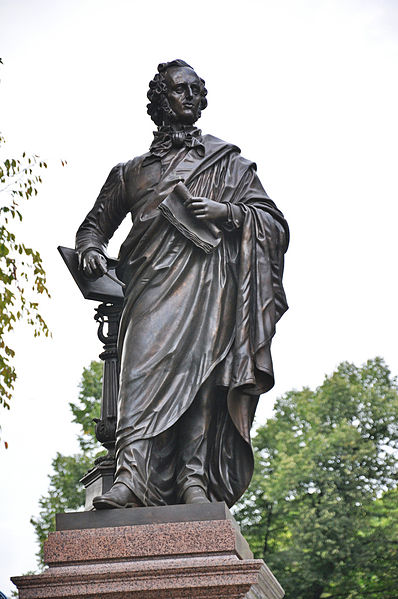
Mendelssohn (1809-1847) lived here for last two years of his life as music director of the renowned Gewandhaus orchestra, the oldest civic orchestra in Germany. His final residence, Mendelssohn Haus, a few steps away from the Gewandhaus, is now a museum chronicling his career. Since Mendelssohn is credited with reviving Bach’s music, a stained glass window in his likeness was installed in St. Thomas Church on the 150th anniversary of his death.
Schumann (1810-1856) moved to Leipzig in 1840, and he and his wife, Clara, lived here for four years. A museum, Schumann Haus, pays tribute to his legacy.
Wagner (1813-1883), another major German composer, was born in a house where a Jewish-owned department store once stood. Although a street is named after him, he’s a tainted figure, having gained notoriety as an antisemitic pamphleteer and having been glorified by the Nazi regime.
One-quarter of Leipzig was reduced to rubble by Allied bombing raids during World War II, but many of its most important buildings were spared or, if damaged, were repaired.
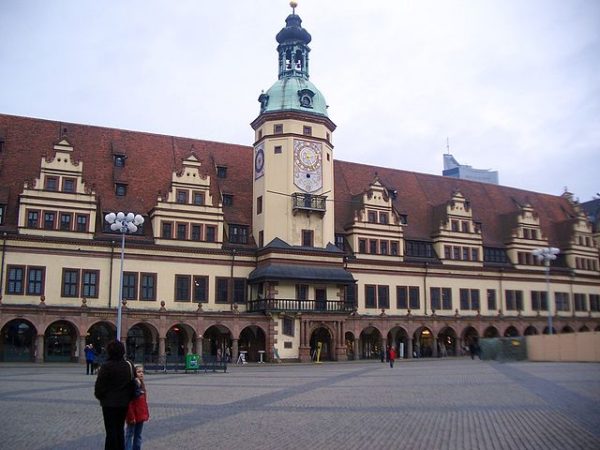
The brown and yellow town hall, whose roof was destroyed by a bomb, was restored to its former glory and is now considered one of Germany’s finest Renaissance buildings. Finished in 1557, it contains shops and cafes on the bottom floor and a wooden model of early 19th century Leipzig on the second floor. Sixteenth century paintings by the painter Lucas Cranach, as well as the only known authentic portrait of Bach, adorn the walls.
Leipzig’s 17th century Old Stock Exchange, adjacent to the town hall, is an Italianate building painted in pastel hues. Converted into a concert hall, it faces a statue of Germany’s most famous man of letters, Johann Wolfgang von Goethe, who studied at Leipzig University, which marked its 600th anniversary in 2009. Its alumni include Angela Merkel, the chancellor of Germany, and Werner Heisenberg, a Nobel laureate who would work for the U.S. space program.
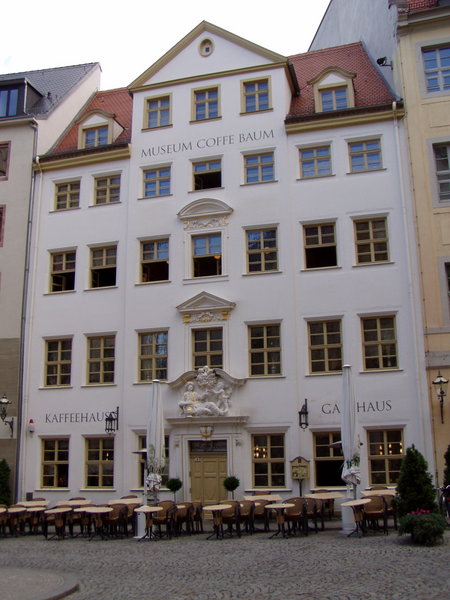
Europe’s oldest coffee shop, Zum Arabischen Coffe Baum, opened in 1712 and is still in business. Crowning its entrance is a white and gold relief of a turbaned Turk accepting a cup of brew.
The Madler Passage, one of Leipzig’s signature arcades, houses the Auerbachs Keller restaurant, the setting of one of Goethe’s most illustrious works, Faust.
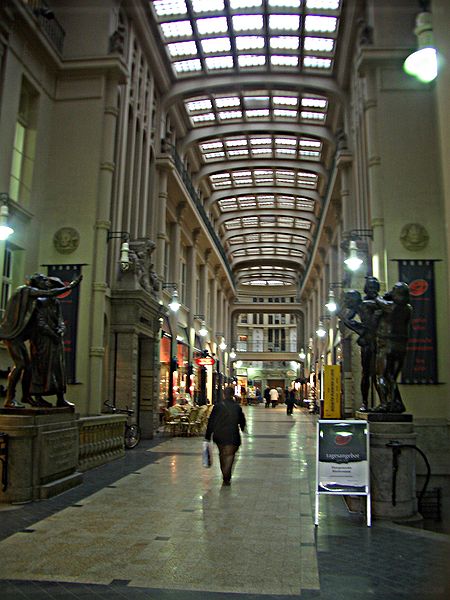
Historically a centre of commerce, Leipzig is inextricably linked to the Leipzig Fair, popularly known as “the mother of trade fairs.” The spirit of capitalism also stirs in Leipzig’s renovated central train station, a massive building with more than 100 shops to serve the public.
Leipzig is the cradle of a peaceful revolution. On October 9, 1989, tens of thousands of demonstrators, fed up with the authoritarian East German regime, marched to St. Nicholas Church to demand reform and change. Shortly afterwards, East Germany disappeared into the mists of history, having been amalgamated with West Germany to form a unified Germany.
Leipzig’s Jewish community, decimated by the Nazis and reduced to a rump during the communist era, has been revived by the arrival of Jews from the former Soviet Union.
